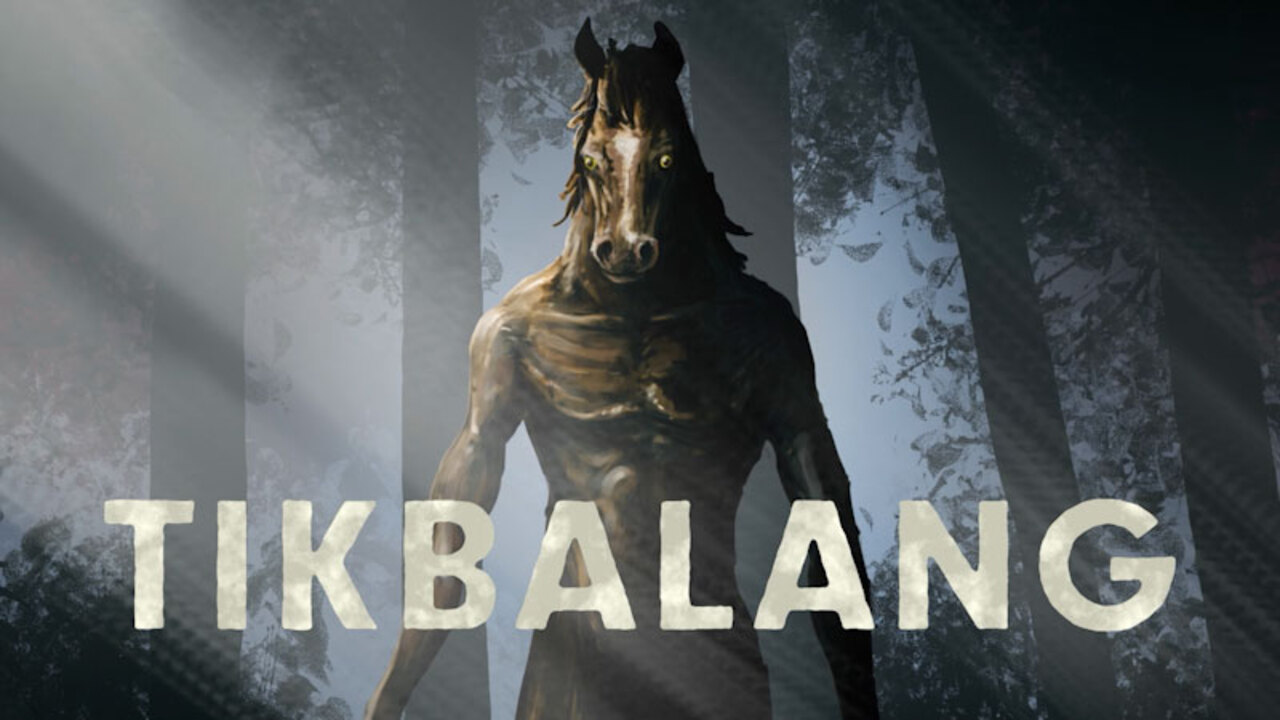
when Horror Yearbook – Tikbalang is one of the most haunting figures in Filipino folklore, a creature said to be part man and part horse. Towering and thin, with hooved feet and a long mane, it is believed to haunt the thick forests and mountainous trails of the Philippines. Stories often describe travelers becoming lost or endlessly looping the same path, unaware that the Tikbalang is playing tricks on them. This half-horse being is not always malevolent but thrives on mischief and confusion. Many locals warn hikers to stay quiet and respectful in the wilderness. It is said that wearing your shirt inside out or asking permission aloud can stop a Tikbalang from toying with your journey. Despite being a creature of myth, its presence is deeply embedded in Filipino consciousness, serving both as a cautionary tale and a symbol of nature’s unpredictability.
In tales told across generations, the Tikbalang continues to stir fear and fascination among locals and adventurers alike. Even in 2025, some travelers report strange encounters in remote areas of Luzon or Mindoro. Some claim to have heard mocking laughter from unseen sources, while others find themselves inexplicably walking in circles. The Tikbalang myth persists because it touches on universal fears like being lost, vulnerable, and at the mercy of unknown forces. Tikbalang stories offer more than just entertainment. They represent the consequences of disrespecting nature and cultural beliefs. Many superstitions around the creature still hold power. In fact, the Tikbalang is often invoked by elders to keep children from wandering too far. Whether you believe or not, many who hear the rustling of leaves or feel an odd chill while hiking may suddenly wonder if a Tikbalang is near.
“Read about: They Danced in the Moonlight: Locals Swear Fairies Still Haunt This Hidden Forest!”
The legend of the Tikbalang dates back to pre-colonial times and was passed down through oral tradition. It may have evolved from local interpretations of animal spirits, merged with colonial images of horses and Christianity’s depiction of devils. Its horse-like features could have been influenced by the arrival of Spanish horses in the Philippines. Over time, the Tikbalang became a hybrid creature of folklore. More than just a monster, it symbolizes the balance between nature and humanity. Some stories even portray Tikbalangs as guardians of sacred lands. In such versions, they protect forests from being desecrated by careless people. This duality reflects the Filipino cultural value of harmony with the environment. The Tikbalang’s role as both trickster and protector shows that these creatures serve a deeper purpose in local mythology, reminding people to tread carefully both in forests and in life.
According to legend, a Tikbalang is not unbeatable. In fact, clever humans have found ways to outsmart it. One common method is to wear your shirt inside out, confusing the creature and breaking its illusion. Another involves asking permission before entering forests or riverbanks, showing humility and respect. If a traveler captures a Tikbalang’s golden hair hidden in its mane, the creature is said to become their servant for life. But such tales are rare and often end with unexpected consequences. Most advice centers on avoiding the creature’s attention altogether. Staying calm, carrying salt or garlic, and keeping noise to a minimum are believed to offer protection. While these methods may sound superstitious, they reflect cultural practices of mindfulness and reverence for the unknown. Even skeptics admit that showing respect for traditions can be helpful, especially when walking unfamiliar trails after sunset.
“Read more: Exposing the Myth: Why No One Voluntarily Becomes a Victim of Trafficking!”
Today, the Tikbalang appears in comics, films, and even video games, where it has taken on various forms. It has become both a scary figure and a symbol of cultural identity. Artists reinterpret its image to reflect changing times, sometimes turning it into an anti-hero or misunderstood creature. Folklore researchers explore the Tikbalang’s role in environmental awareness, seeing it as a metaphor for our disrupted relationship with nature. In some communities, Tikbalang tales have evolved into urban myths. Motorcyclists claim to see horse-like shadows near cliff roads. Campers swap stories about being followed by heavy footsteps. The creature remains alive in the imagination because it fills the space between myth and reality. Whether seen as a prankster or protector, the Tikbalang has endured centuries of storytelling. It invites each generation to rethink what it means to fear the wild and to respect the unseen world that may dwell within it.